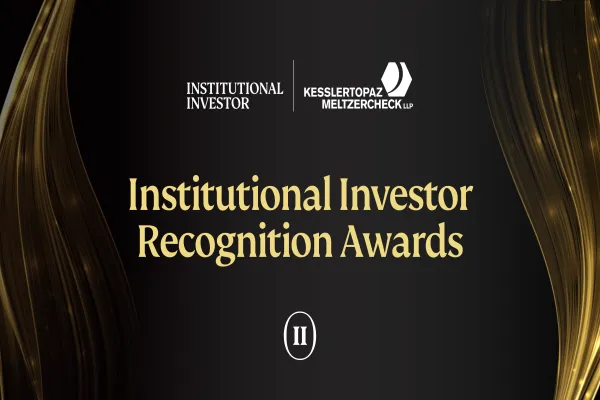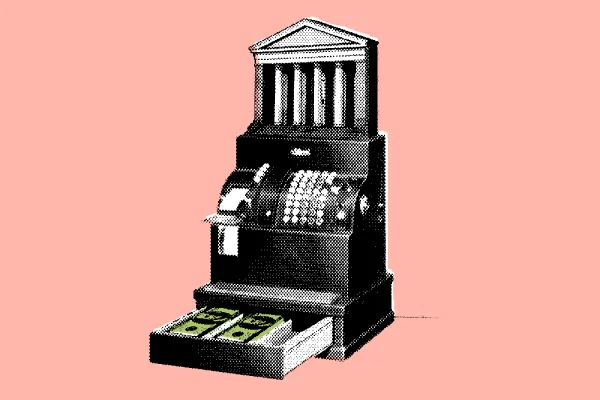Ever since the ATM became a retail banking staple about a quarter century ago, customer service has been a push-button process.
By John Wagley
February 2003
Institutional Investor Magazine
Telephone Touch-Tones and online connections are now the dominant methods for getting answers to routine inquiries.
Economics make it unlikely that live, salaried service representatives will again be responding to run-of-the-mill phone calls, but at least customers are talking again. Scores of businesses are using voice recognition technology to allow clients to do everything from obtaining account balances to booking travel. Charles Schwab & Co.'s system provides a stock quote when an investor speaks the company name or ticker symbol. FedEx Corp. lets you dictate a tracking number to get the status of a package. Even some voice mail systems, video games and car radios accept spoken commands.
"This technology has been a big win," says Charles Brenner, senior vice president and head of the Fidelity Center for Applied Technology, the research and development arm of mutual fund giant Fidelity Investments. "Inputting a lot of digits with a keypad can be annoying."
Technologists point out that these systems, capable of understanding a finite set of words and numbers, are not much more advanced than they were in the mid-1990s. Adoption is spreading as computing costs fall: A typical voice interaction costs a company just 20 cents, versus $10 when an operator comes on the line, according to Nuance Communications, a Menlo Park, Californiabased speech automation technology provider.
The real excitement, experts say, is in a new generation of products emerging from companies like Nuance and Boston-based SpeechWorks International. Incorporating computer industry standards like Java and XML (extensible markup language), these programs are becoming even cheaper and easier to deploy. Nuance, for instance, says the hardware for its new Voice Platform costs 35 percent less than that of the previous version; system pricing now starts at $1,800.
What's more, the industry is close to developing systems that permit virtually unfettered conversations in "natural language" -- like astronaut Dave Bowman's freewheeling dialogue with onboard computer Hal in 2001: A Space Odyssey. That was science fiction, circa 1968. Voice recognition pioneer Raymond Kurzweil, founder of Kurzweil Technologies in Wellesley Hills, Massachusetts, measures progress by a machine's ability to understand dictation: Today $50 worth of software can handle a 100,000-word vocabulary, compared with the $5,000 package required to understand 1,000 words in 1985.
As a practical matter, financial companies don't need a hugely expensive system to meet customer needs, control costs and realize a return on their voice technology investment.
"In the old Touch-Tone world, I'd have to press several buttons to make a transaction," says Richard Syme, vice president of automated services at Ogden, Utahbased America First Credit Union, which installed a SpeechWorks system in July. "Now I can go in and say, 'Transfer a hundred dollars from savings to checking.' You get to the bottom line a lot quicker."
In October the $2.3 billion-in-assets credit union added a loan application system, said to be an industry first. Applicants answer eight or nine questions, which trigger retrieval of a credit report. Within minutes a live agent comes on the line to close the loan or, if it's turned down, to discuss alternatives, such as borrowing a lesser amount.
SpeechWorks and Nuance have major financial industry clients, including Wachovia Corp. and Fidelity, respectively. But the vendors have also had to contend with the general tech slump. Both went public in 2000 and saw their share prices soar above $100; today each trades at about $3, giving them market caps of just under $100 million.
But service industries find the technology compelling -- especially where speech can be integrated with computers and personal digital assistants.
"We've observed that people are comfortable inputting data through speech, but less comfortable receiving it that way," says Fidelity's Brenner, who is working on a speech-and-graphics prototype, Natural Broker. "Listening to a system reel off all your holdings isn't very practical." It can also be depressing.





